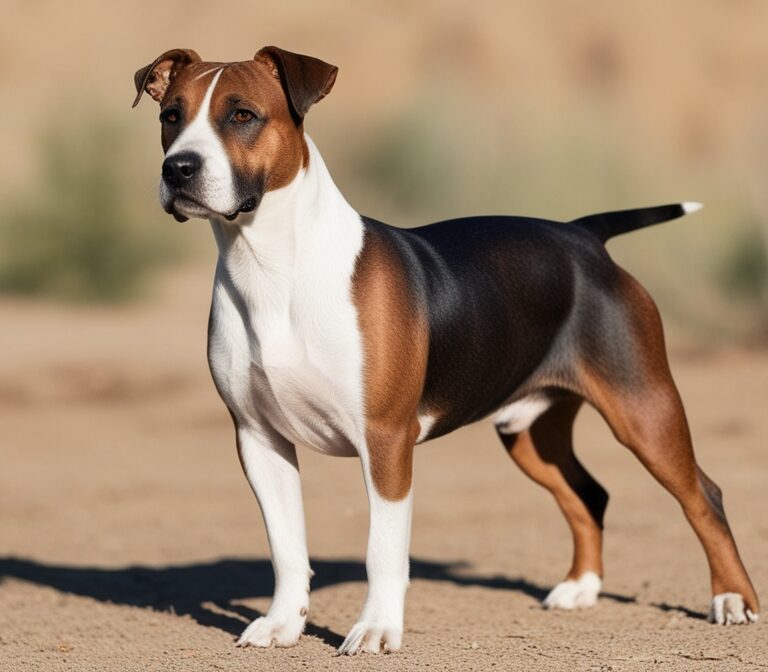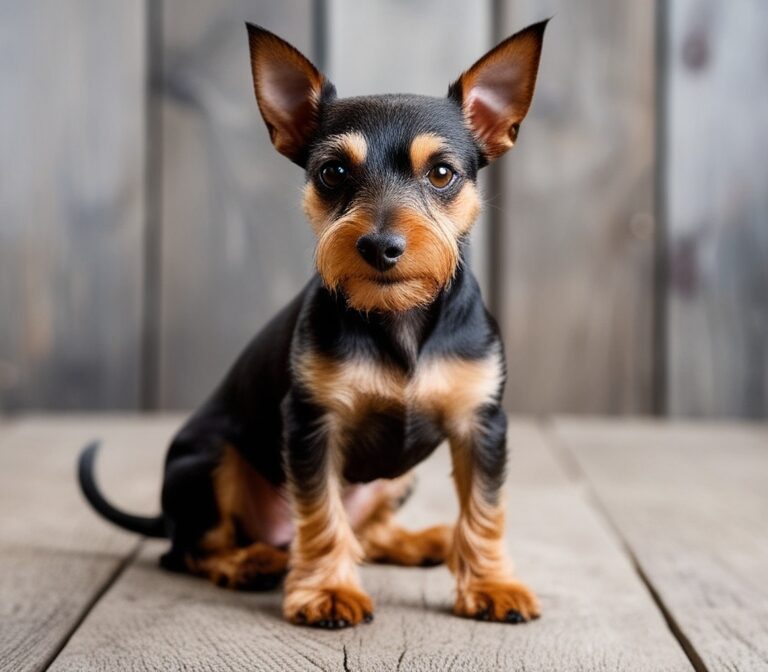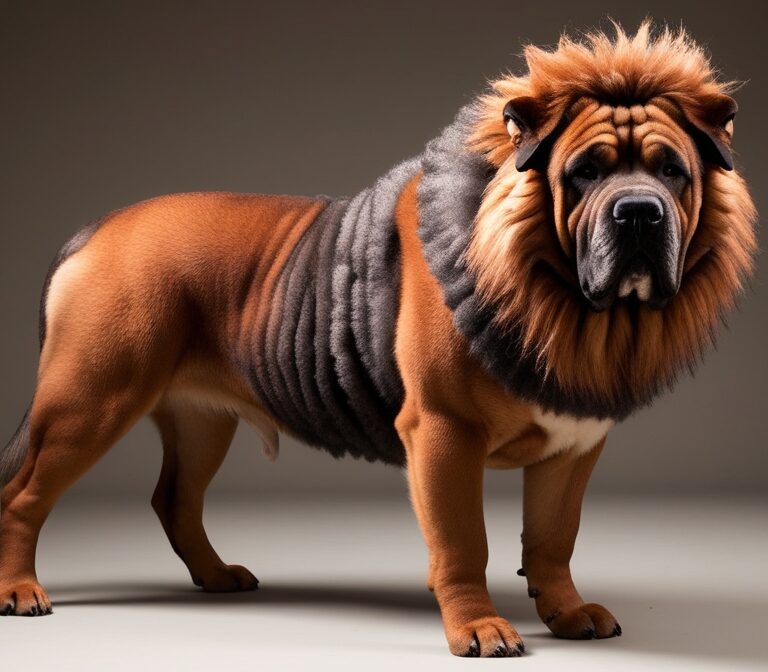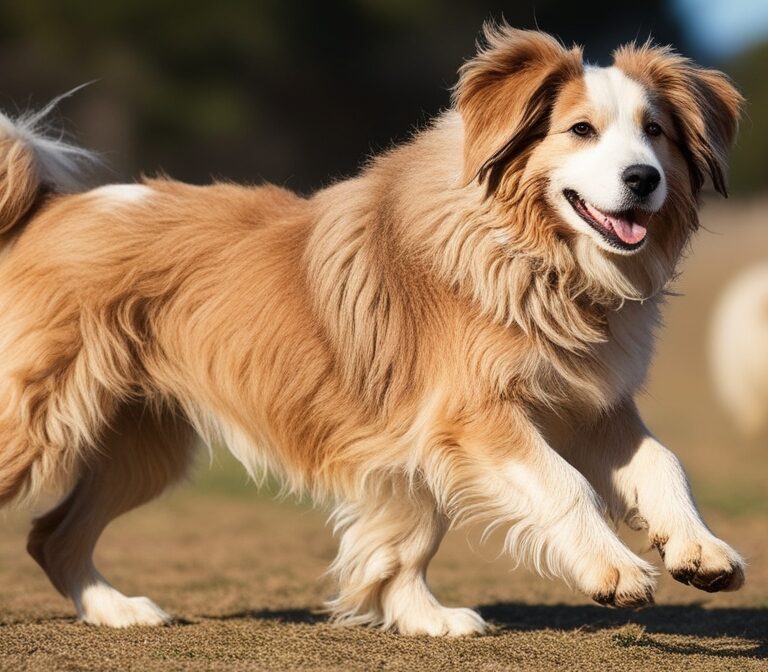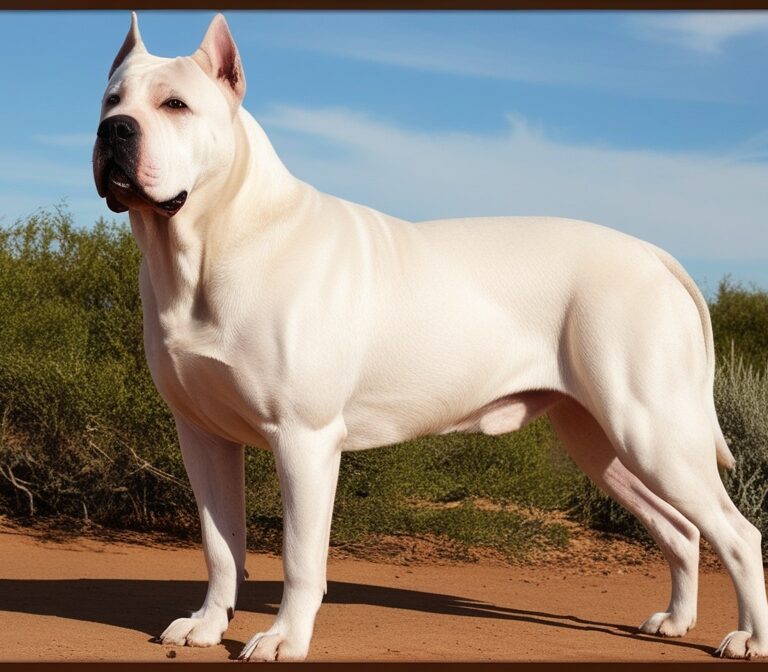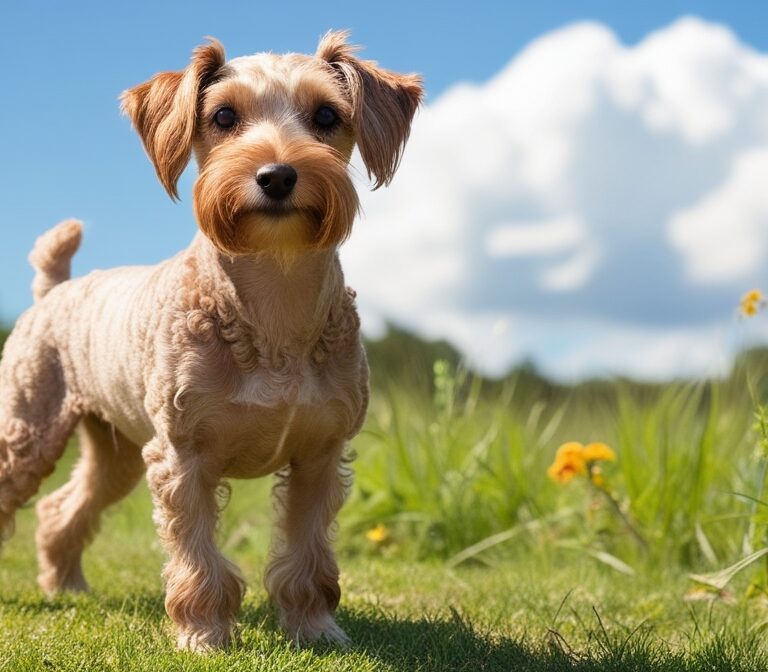The Airedale Terrier: The King of Terriers
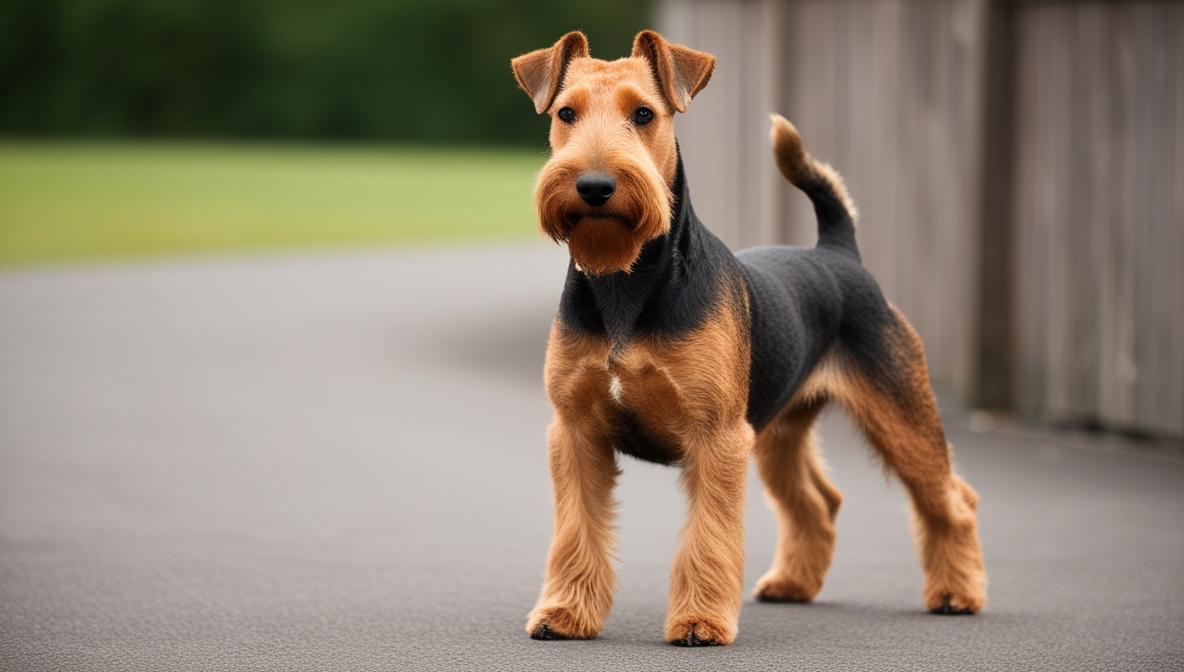
What is an Airedale Terrier?
The Airedale Terrier is the largest member of the terrier group, earning the nickname “King of Terriers.” Originating in the Yorkshire region of England, this breed was developed in the 19th century to work as a versatile hunting and working dog. Standing 21–23 inches tall at the shoulder and weighing 50–70 pounds, the Airedale combines strength, intelligence, and endurance.
Unlike smaller terriers bred mainly for vermin control, the Airedale was designed to tackle larger prey, such as otters, water rats, and game birds. This required not just courage, but also adaptability—traits that remain hallmarks of the breed today.
Recognized by the American Kennel Club (AKC) and The Kennel Club (UK), Airedales are celebrated for their intelligent, outgoing, and confident temperament. They excel in obedience training, canine sports, and working roles, making them one of the most versatile dog breeds in existence.
From being a fearless hunter to a beloved family companion, the Airedale has transitioned gracefully into modern households. Their high energy levels, sharp intelligence, and loyalty make them a rewarding but demanding breed.
Origin and History of the Airedale Terrier
The story of the Airedale Terrier begins in the mid-1800s in Yorkshire’s Aire Valley, near the River Aire. Local hunters and working-class families wanted a dog capable of both hunting otters in rivers and guarding farms. By crossing Otterhounds with various terrier breeds (likely the Black and Tan Terrier), breeders produced the Airedale Terrier.
This new breed demonstrated exceptional versatility—adept in water retrieval, hunting, and protection. Their keen scenting ability allowed them to track prey effectively, while their terrier roots ensured boldness and persistence.
The breed’s reputation quickly spread beyond hunting. During World War I, Airedale Terriers served as messenger dogs, guard dogs, and search-and-rescue dogs. Their courage under fire earned them recognition as reliable working dogs.
By the early 20th century, the Airedale was imported to North America, where they became popular as family companions and police dogs. Their adaptability allowed them to fit seamlessly into both urban and rural environments.
Today, while they are less common in police or military work, Airedales remain admired for their heritage, intelligence, and regal presence.
Why the Title “King of Terriers”?
The Airedale earned the nickname “King of Terriers” due to its size, strength, and versatility compared to other terrier breeds. While most terriers are compact and specialized, the Airedale combines the fearless determination of a terrier with the size and endurance of a working dog.
Their reputation was further solidified during wartime service, where they demonstrated bravery and loyalty under extreme conditions. One famous Airedale named Jack carried a message across enemy lines during World War I, despite being severely injured—a feat that highlighted the breed’s resilience.
Additionally, Airedales possess a regal and dignified appearance with their square build, wiry coat, and confident stance. Dog enthusiasts often compare them to a noble guardian, balancing elegance with toughness.
Unlike smaller terriers, the Airedale was not restricted to vermin hunting. Instead, it excelled at large game hunting, farm guarding, police work, and family companionship—earning a title that reflects both respect and admiration.
The moniker “King of Terriers” endures not as a marketing phrase but as a reflection of the breed’s historic achievements, intelligence, and commanding presence.
Size and Weight of Airedale Terriers
The Airedale Terrier is the largest breed within the terrier group, making its physical stature one of its defining features. According to the American Kennel Club (AKC) standards, males typically stand 23 inches (58 cm) at the shoulder, while females measure slightly less, around 21–22 inches (53–56 cm). In terms of weight, adult males average 55–70 pounds (25–32 kg), while females generally weigh 45–60 pounds (20–27 kg).
This size makes the Airedale significantly larger than most other terriers, such as the Welsh Terrier (20 pounds) or the Fox Terrier (18 pounds). Their substantial build enables them to perform roles far beyond the scope of smaller terriers, including police service, military work, and protection duties.
Despite their large frame, Airedales maintain a balanced and athletic body structure. They possess a deep chest, straight back, and well-muscled legs, which contribute to their endurance and agility. This makes them suitable for hunting, tracking, and high-energy play.
Owners should be mindful that their size comes with exercise and training requirements. Airedales need at least 60–90 minutes of daily activity to remain physically fit and mentally engaged. Without proper exercise, their size and energy can make them challenging to manage indoors.
In conclusion, the Airedale Terrier’s size and weight are central to its identity as the “King of Terriers.” Their larger-than-life presence combines the boldness of terriers with the capability of working dogs, making them one of the most versatile and physically capable breeds in the canine world.
Distinctive Coat and Colors
One of the most recognizable features of the Airedale Terrier is its double coat. The outer coat is dense, hard, and wiry, while the undercoat is soft and insulating. This unique texture protects the dog from harsh weather, dirt, and water—ideal for their original role as hunters in Yorkshire’s Aire Valley.
The breed standard acknowledges a specific color pattern:
- Tan coat covering the legs, chest, head, and underbelly.
- Black or grizzled saddle covering the back and upper body.
This black-and-tan coloration distinguishes Airedales from other terriers, giving them a striking, dignified appearance. Puppies may sometimes have darker coats at birth, which lighten as they mature into the classic Airedale pattern.
The wiry coat is also low-shedding, making the breed a favorable choice for owners seeking a dog with reduced dander. While not completely hypoallergenic, many allergy-sensitive families find Airedales more manageable than heavier shedders like Golden Retrievers or German Shepherds.
In addition to function, the coat enhances their regal appearance. The beard, eyebrows, and mustache give the Airedale a distinctive expression of intelligence and confidence.
Maintaining this coat requires regular grooming, which we will cover in detail later, but its resilience and aesthetic contribute significantly to the Airedale’s reputation as both a working dog and a show dog.
Grooming Needs and Maintenance
The Airedale Terrier’s wiry double coat requires consistent grooming to preserve both its function and appearance. Unlike breeds with soft coats, Airedales need hand-stripping or clipping to remove dead hair and maintain the correct texture. Without it, the coat can become soft, curly, and prone to matting.
A proper grooming routine involves:
- Brushing 2–3 times per week with a slicker brush or pin brush to remove debris and prevent tangles.
- Hand-stripping every 8–12 weeks for show dogs, which involves plucking dead hair to maintain coat hardness.
- Clipping for companion dogs, which is less intensive but changes coat texture over time.
- Bathing only as needed, since frequent baths can strip natural oils.
Additionally, grooming should extend beyond the coat:
- Nail trimming every 3–4 weeks to prevent overgrowth.
- Ear cleaning weekly to avoid infections, especially since Airedales are active outdoor dogs.
- Dental care with regular brushing or dental chews to prevent tartar buildup.
Owners should also prepare for seasonal coat changes. While Airedales do not shed heavily, they may experience minor coat turnover in spring and fall. Routine maintenance prevents matting and keeps the coat waterproof.
Neglecting grooming can lead to skin issues, coat deterioration, and discomfort. Therefore, potential owners must commit to a consistent grooming regimen. This upkeep is one of the reasons the Airedale is best suited for experienced dog owners.
Appearance Compared to Other Terriers
The Airedale Terrier’s appearance sets it apart from its terrier relatives. While terriers share a general look of alertness and sturdiness, the Airedale is larger, more proportioned, and more refined in structure.
Here’s how the Airedale compares with other popular terrier breeds:
- Welsh Terrier: Often mistaken for a smaller Airedale, the Welsh Terrier weighs around 20 pounds and stands only 15 inches tall. They share the black-and-tan coloring but lack the Airedale’s commanding size.
- Wire Fox Terrier: Known for their predominantly white coat with black and tan markings, Fox Terriers are lighter and more agile but lack the same versatility in working roles.
- Irish Terrier: Taller than most terriers but still smaller than the Airedale, the Irish Terrier has a solid red coat instead of the Airedale’s saddle pattern.
- Lakeland Terrier: Compact and energetic, Lakelands are about one-third the size of Airedales, suited more for vermin control than larger tasks.
In dog shows, the Airedale stands out for its square build, proud carriage, and expressive face. Their long head, deep chest, and wiry coat exude a blend of elegance and toughness rarely matched in the terrier family.
Ultimately, while smaller terriers excel in agility and compact tasks, the Airedale represents the pinnacle of the terrier group—a breed that balances strength, beauty, and versatility.
Conclusion:
The Airedale Terrier continues to hold its place as the undisputed monarch of the terrier family, not merely because of size, but because of its versatility, intelligence, and loyal temperament. From its origins in Yorkshire’s Aire Valley as a multi-purpose hunting and working dog, the Airedale has proven time and again that it can adapt to nearly any role entrusted to it—whether as a fearless hunter, loyal guardian, wartime hero, or affectionate family companion.
What makes the breed so remarkable is its balance of traits. Unlike many dogs that excel in one area, the Airedale combines the fearless determination of a terrier, the endurance of a working dog, and the sensitivity of a family pet. Its history of wartime service, police work, and even search-and-rescue efforts demonstrates not just capability, but an enduring willingness to serve. At home, these same qualities translate into a dog that is alert, intelligent, protective, yet playful—a breed that bonds deeply with its human family.
Of course, the Airedale is not for everyone. Its size, energy levels, and grooming needs require an owner who is committed to regular exercise, training, and maintenance. Without this structure, the breed’s intelligence and energy can lead to stubbornness or destructive behavior. However, for the right household—active families, experienced owners, or those who value a protective but loving dog—the Airedale is immensely rewarding.
Their physical elegance also adds to their legacy. The black-and-tan wiry coat, proud stance, and expressive face give them an appearance of both strength and dignity, reinforcing the nickname “King of Terriers.” Unlike smaller terriers designed primarily for vermin control, the Airedale has consistently proven to be a dog of all trades, capable of adapting across environments, climates, and generations.
In modern society, the Airedale Terrier thrives as a companion animal, but its past reminds us of its greater purpose—a breed built not just for companionship, but for duty and service. Whether protecting homes, playing with children, or standing proudly in the show ring, the Airedale represents the ideal blend of courage, intelligence, and loyalty.
For those considering this noble breed, the decision is not just about owning a pet—it’s about welcoming a piece of canine history and heritage. The Airedale Terrier will challenge, inspire, and reward its owner in equal measure, living up to its legendary title as the true “King of Terriers.”
